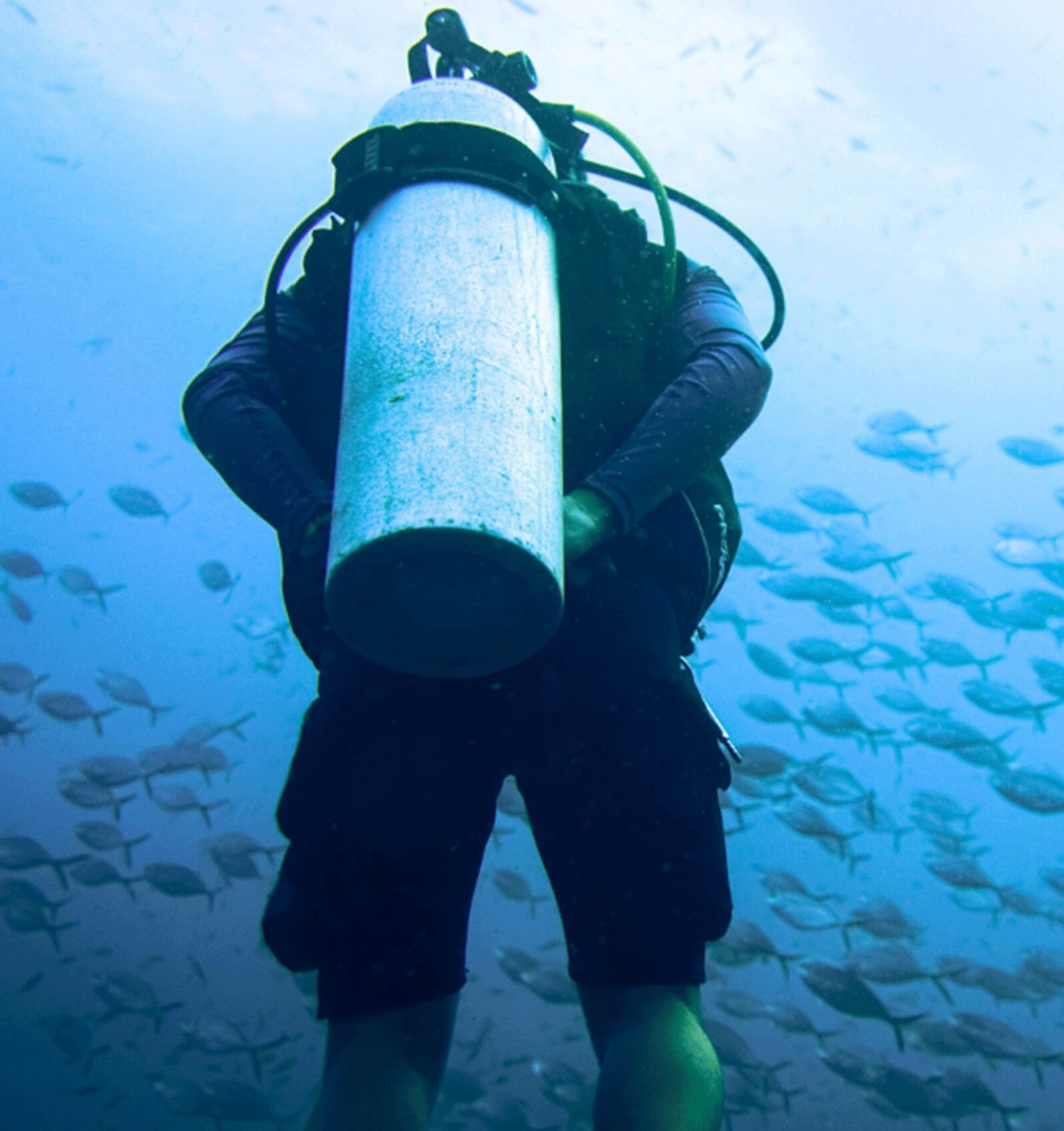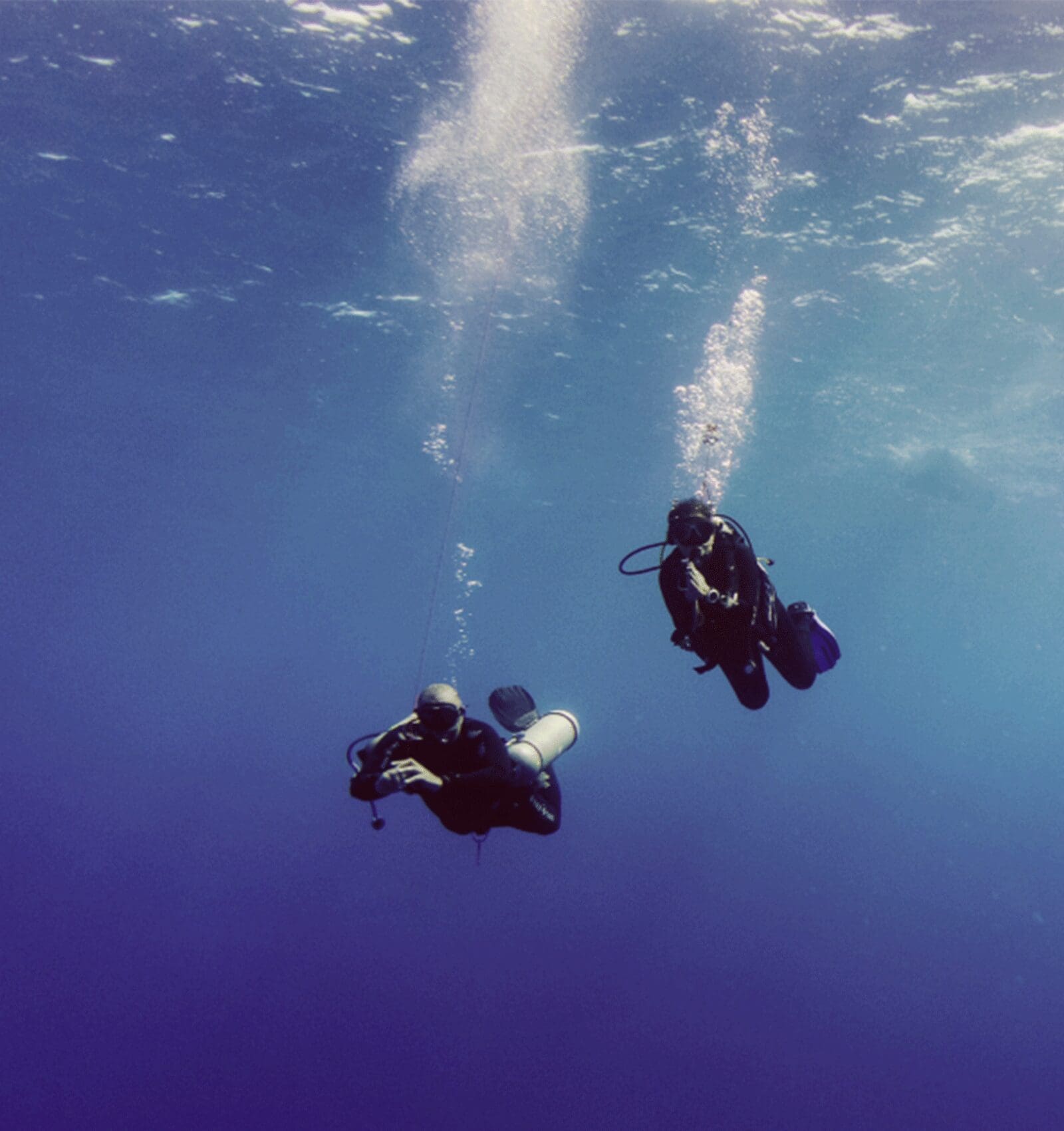The Best Times of Year to Dive in Boracay: Seasonal Insights and What Marine Life to Expect
The Best Times of Year to Dive in Boracay: Seasonal Insights and What Marine Life to Expect
Boracay, an island paradise in the Philippines, is renowned for its powdery white sand beaches, vibrant nightlife, and, most notably, its spectacular diving opportunities. With a diverse marine ecosystem and crystal-clear waters, Boracay is a top destination for divers from around the globe. However, the experience can vary greatly depending on the time of year you choose to dive. Understanding the seasonal patterns can enhance your diving adventure, providing you with the best possible underwater experiences. This comprehensive guide will help you determine the optimal times to dive in Boracay and what marine life you can expect to encounter.
The Seasons in Boracay
Boracay experiences two main seasons: the dry season (Amihan) and the wet season (Habagat).
Dry Season (Amihan) – November to May
The dry season is characterized by cooler northeast winds, clear skies, and calm seas. This is the peak tourist season in Boracay, and for good reason. The conditions are ideal for diving, with excellent visibility and warm water temperatures ranging from 26°C to 30°C (79°F to 86°F).
Wet Season (Habagat) – June to October
The wet season brings southwest monsoon winds, occasional heavy rains, and rougher seas. While diving is still possible during this time, conditions are less predictable, and visibility can be reduced. However, the wet season also offers unique opportunities for divers willing to brave the elements.
Best Months for Diving in Boracay
November to February
The period from November to February marks the beginning of the dry season. The weather is pleasantly cool, and the seas are calm, making it an excellent time for diving. Visibility is at its peak, often exceeding 30 meters (98 feet), allowing divers to fully appreciate the vibrant underwater scenery.
Marine Life Highlights:
- Manta Rays: These majestic creatures are more frequently spotted during the cooler months. Sites like Yapak are known for manta ray encounters.
- Turtles: Green and hawksbill turtles are commonly seen around dive sites such as Crocodile Island and Friday’s Rock.
- Nudibranchs: The cooler waters also bring an abundance of colorful nudibranchs, making this a great time for macro photography enthusiasts.
March to May
As the dry season progresses into the summer months, water temperatures rise, and marine life becomes even more active. This period is perfect for divers who prefer warmer water and abundant sea life.
Marine Life Highlights:
- Schooling Fish: Large schools of jacks, barracudas, and snappers are often seen during these months, particularly around dive sites like Camia and Crocodile Island.
- Thresher Sharks: While not as common as in other parts of the Philippines, there are occasional sightings of thresher sharks in deeper waters.
- Coral Spawning: This period also coincides with coral spawning, a spectacular natural event where corals release their gametes into the water column, creating a magical underwater scene.
June to October
The wet season sees fewer tourists and divers, making it a great time to experience Boracay’s underwater world without the crowds. While conditions can be more challenging, the rewards are worth it for those who venture out.
Marine Life Highlights:
- Pelagic Species: The increased nutrients in the water during the wet season attract larger pelagic species, including tunas and mackerels.
- Macro Life: The reduced visibility can actually be a boon for macro photographers, as critters like frogfish, pipefish, and seahorses become more visible against the cloudy backdrop.
- Rare Encounters: Divers willing to brave the elements may be rewarded with rare sightings of species like the blue-ringed octopus and mimic octopus.
Dive Sites and What to Expect
Yapak
Yapak is one of Boracay’s most famous dive sites, known for its deep walls and strong currents. It is best visited during the dry season when visibility is at its best. This site is a magnet for big fish, including trevallies, tuna, and the occasional shark.
Marine Life Highlights:
- Sharks: White-tip and black-tip reef sharks are common, and if you’re lucky, you might spot a hammerhead or thresher shark.
- Pelagics: Large schools of barracudas and jacks are frequently seen patrolling the deep blue.
Crocodile Island
Crocodile Island offers a variety of diving experiences, from shallow coral gardens to deeper drop-offs. It is an excellent site for both beginners and experienced divers, with abundant marine life year-round.
Marine Life Highlights:
- Turtles: Green and hawksbill turtles are regular visitors.
- Corals: The site boasts a rich variety of hard and soft corals, home to countless reef fish.
- Macro Life: Look out for nudibranchs, scorpionfish, and frogfish hidden among the corals.
Camia Wreck
The Camia Wreck is a purpose-sunk former cargo ship that has become an artificial reef teeming with life. It is accessible year-round, but visibility is best during the dry season.
Marine Life Highlights:
- Schooling Fish: Expect to see large schools of snapper, fusiliers, and batfish circling the wreck.
- Macro Critters: The nooks and crannies of the wreck are home to various macro life, including shrimps, crabs, and nudibranchs.
Friday’s Rock
Friday’s Rock is a popular site due to its proximity to the shore and its vibrant marine life. It is a shallow site, making it ideal for beginners and snorkelers.
Marine Life Highlights:
- Reef Fish: A plethora of reef fish, including angelfish, butterflyfish, and parrotfish, make this site their home.
- Turtles: Turtles are commonly seen grazing on the seagrass beds.
- Clownfish: Look for clownfish darting in and out of their anemone homes.
Tips for Diving in Boracay
Plan Ahead
To make the most of your diving experience in Boracay, it’s crucial to plan ahead. The dry season is the most popular time, so booking your dives and accommodations in advance is recommended.
Choose the Right Dive Center
Selecting a reputable dive center is essential for a safe and enjoyable dive experience. New Wave Divers Boracay is a PADI-certified dive center that offers a range of courses and guided dives, ensuring you have a memorable and safe diving adventure.
Be Prepared for Changing Conditions
Even during the dry season, weather and sea conditions can change rapidly. Always check the latest forecasts and be prepared for potential changes in your dive plans.
Respect the Marine Environment
Boracay’s marine ecosystem is fragile, and divers play a crucial role in its preservation. Practice responsible diving by not touching or disturbing marine life, avoiding contact with corals, and following the guidance of your dive instructors.
Bring the Right Gear
Ensure you have the appropriate gear for the conditions. While most dive centers, including New Wave Divers Boracay, provide rental equipment, bringing your own well-fitted mask, fins, and wetsuit can enhance your comfort and experience.
Diving in Boracay is a year-round adventure, with each season offering unique experiences and encounters. Whether you prefer the calm, clear waters of the dry season or the nutrient-rich, marine life-filled waters of the wet season, Boracay has something for every diver. By understanding the seasonal variations and planning your dives accordingly, you can maximize your underwater adventures and create unforgettable memories. So, pack your dive gear, book your trip with New Wave Divers Boracay, and get ready to explore the vibrant underwater world of this island paradise.

Wish to know more about the diving in Boracay? Our team will be delighted to answer your questions and let us know why we should be your first choice when planning your dive vacation to the Philippines. We hope to hear from you soon!
